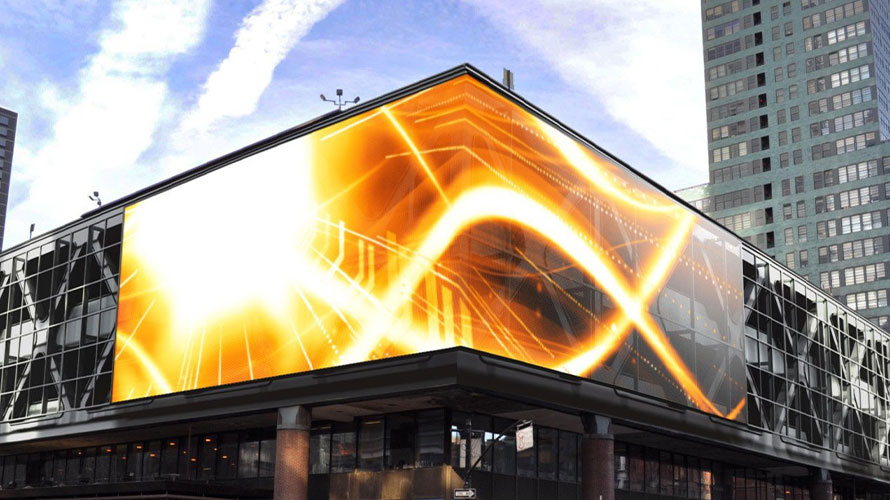Exploring the Impact of Observation Angles on Light Emitting Diode Wall Panel Functionality and Aesthetics
Exploring the Impact of Observation Angles on Light Emitting Diode Wall Panel Functionality and Aesthetics
Blog Article
A functionality and visual appeal of LED wall displays can substantially differ based on the observation perspective. Observation perspective refers to the angle from which a viewer can observe the display without losing picture quality. This factor is crucial in various settings, such as in homes, offices, and public spaces. Understanding how viewing perspectives impact LED wall panels helps consumers and businesses make informed decisions when selecting screens for their particular needs.
One major aspect of LED wall panel functionality affected by viewing perspectives is luminance. As the viewing perspective alters, the apparent brightness of the panel can diminish. This is especially evident in panels that are not designed for broad observation angles. For instance, a observer standing straight in front of an LED wall panel may see rich and bright hues, while someone viewing from the flank may observe a significant decline in brightness and hue accuracy. This issue can restrict the efficacy of the display in shared environments, making it crucial to choose panels with broader viewing perspectives for such applications.
Hue consistency is an additional key element influenced by viewing perspectives. Different LED wall panels use different technologies to show colors, resulting in varying levels of color fidelity across various angles. When observing an LED wall panel from an perspective, colors may seem changed or washed out. This variance can be particularly troublesome in business settings, such as marketing or presentations, where precise color depiction is vital. Selecting panels that maintain color accuracy across a broad range of angles can improve the overall viewing experience.
Alongside functionality aspects, aesthetics are also affected by observation angles. LED wall panels are often used as design features in modern design and interior design. When positioned in a location where observers will see the panel from multiple perspectives, the overall visual effect can vary dramatically based on the panel's characteristics. A panel that looks impressive from the fore may not have the same appeal when viewed from the side. Thus, architects must consider the viewing perspectives when designing installations to ensure that the aesthetic quality is preserved from all viewpoints.
Finally, it is essential to consider the type of setting in which the LED wall panels will be used. In settings like athletic arenas, musical halls, and large public spaces, a broad viewing angle is essential to ensure more info here that all attendees can appreciate the screen's content. In comparison, in compact environments like home theaters, the viewing angle may be less important, as viewers typically sit directly in front of the display. By evaluating the specific needs and environments for LED wall panels, users can choose displays that optimize both functionality and aesthetics, providing a more pleasurable viewing led video wall for gala events experience for everyone.